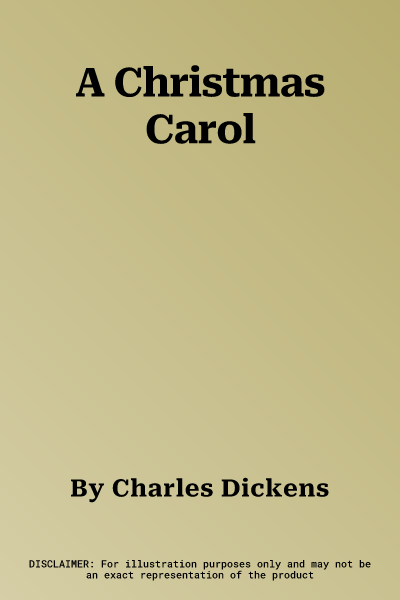A Christmas Carol. In Prose. Being a Ghost Story of Christmas,
ordinarily known as A Christmas Carol, is a novella by Charles Dickens,
first distributed in London by Chapman and Hall in 1843 and outlined by
John Leech. A Christmas Carol recaps the narrative of Ebenezer Scrooge,
an older recluse who is visited by the phantom of his previous colleague
Jacob Marley and the spirits of Christmas Past, Present but to Come.
After their visits, Scrooge is changed into a kinder, gentler man.
Dickens composed A Christmas Carol during a period when the British were
investigating and reconsidering past Christmas customs, including songs,
and fresher traditions, for example, Christmas cards and Christmas
trees. He was affected by the encounters of his own childhood and by the
Christmas accounts of different creators, including Washington Irving
and Douglas Jerrold. Dickens had composed three Christmas stories
preceding the novella, and was motivated following a visit to the Field
Lane Ragged School, one of a few foundations for London's road kids. The
treatment of poor people and the capacity of an egotistical man to make
up for himself by changing into a more thoughtful person are the vital
subjects of the story. There is conversation among scholastics with
regards to whether this is a completely common story, or on the other
hand assuming it is a Christian purposeful anecdote.


